The Gift of South Dakota
Subscriptions to South Dakota Magazine make great gifts!
Subscribe today — 1 year (6 issues) is just $29!
Autumn Grasslands
Emily Dickinson was a great poet but she underestimated an important plant species when she lamented how she longed to be grass-like.
The grass so little has to do, — A sphere of simple green,
With only butterflies to brood, And bees to entertain,
And stir all day to pretty tunes, The breezes fetch along,
And hold the sunshine in its lap, And bow to everything.
Life hasn’t been that simple for grass, especially native grass on the prairies of the Great Plains that were once an ocean of green. In many regions, 99 percent of native grasses have succumbed to urbanization and agricultural development. Blue stem, wheat grass and other varieties have been buried by concrete and asphalt, replaced with domesticated cousins such as corn and soybeans, and swallowed by man-made lakes and forests.
South Dakota’s native prairie, though similarly threatened, has fared better than most. West River’s ranching culture depends on the shortgrass prairie; consequently, successful cattlemen develop great respect for the lands on which their livestock graze.
I once saw an old rancher kneel in the summer grass and point to a dozen different species of grass (there are 9,000 in all) that were growing within a few feet of his boots. He listed them by name and knew when they thrive — hot season, cold season, drought and drought-on-the-way.
Thousands of acres of South Dakota’s grasslands are under the auspices of the Nature Conservancy, a non-profit group that has protected over 119 million acres around the world. Its largest tract in South Dakota is Ordway Prairie west of Leola where over 300 plant species and 400 wetlands provide a lifestyle for a herd of bison and other plains wildlife.
State and national parks have also been helpful. Wind Cave National Park encompasses 28,000 acres of prairie grasses and ponderosa pine near Hot Springs in the southern Black Hills. But the National Park Service is the biggest single steward of South Dakota’s grasslands, supervising the 600,000-acre Buffalo Gap National Grasslands between the Badlands and the Nebraska border as well as the 125,000-acre Fort Pierre National Grasslands in the center of the state. Hunters, hikers, bird-watchers, photographers and naturalists frequent the grasslands, but others don’t count them on their “bucket list” of places to see before they die.
However Mary Lata, a self-proclaimed “grass geek,” says attentive visitors to any of South Dakota’s grasslands soon discover that there’s much more than meets the naked eye. “Think of it as a chocolate chip cookie,” says Lata, who spent two seasons as a ranger at Buffalo Gap and now works as an NPS ecologist. “The matrix is the grasses. That’s the dough. And it makes a difference whether you use butter or margarine. Butter is the species you want and margarine is what you don’t want. The chocolate chips are the flowers and forbs that make it look good. The thistles and other weeds are things we don’t want, like fake chocolate chips.”
Grasslands have always been changing — not just from season to season but even from century to century. “The grasslands of the Great Plains exist because of three frequent disturbances,” Lata says. They are fire, drought and grazing. “We might have had years or decades when we had a lot of grazing and lots of rain, and drier times when we had more fires.
“We don’t know what the composition of the grasses was when Lewis and Clark came through. It changed when the Lakota came because they had horses and they used fire differently than it had been used. Then the Europeans came and they did things differently, and they were soon followed by trains and the trains are still causing fires.”
Fire isn’t always bad, she says. “The forest service is very good at putting fires out, but we often don’t have the money to do prescribed fires because that can be very expensive even though it’s necessary to maintain a healthy diversity of grasses. Fire is as necessary as grazing. Some people ask why we don’t just graze rather than burn, but cattle won’t eat yucca or cactus so you eventually get the same imbalance as if you only burned and never grazed.”
The grass geek says grasslands are especially overlooked in autumn. “People don’t come to national parks to see the grass, but when they take the time to look they are usually surprised. They see the blue grama, the Indian grass with its fluffy golden heads, the turkey foot blue stem, and pretty soon they can see that each is different.”
Lata says the grasslands are especially striking in late fall before the first hard frost. “Then you’ve still got some flowers, mostly yellows and purples, on top of the grasses that are starting to change color. And then after the frost, you lose the flowers but the grass colors start to jump out even more.”
We owe a lot to grasses, she says. “As a species, we didn’t stand up straight until we got out of the trees and onto some grass.” So take a moment this fall to appreciate the grasses of South Dakota.
Editor’s Note: This story is revised from the September/October 2009 issue of South Dakota Magazine. To order a copy or to subscribe, call (800) 456-5117.


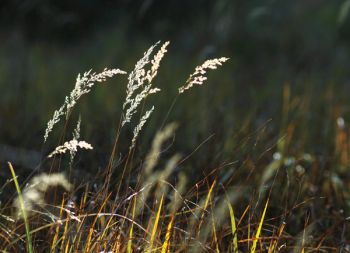
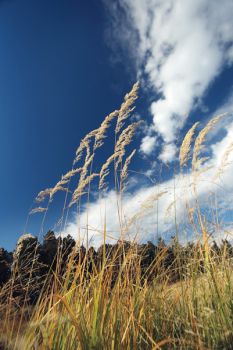
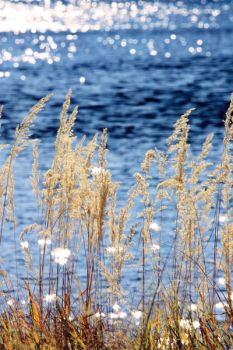
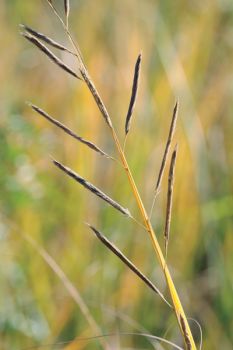
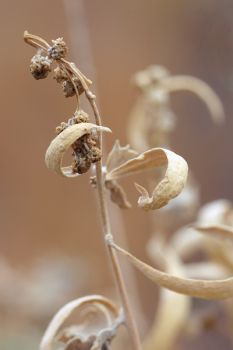
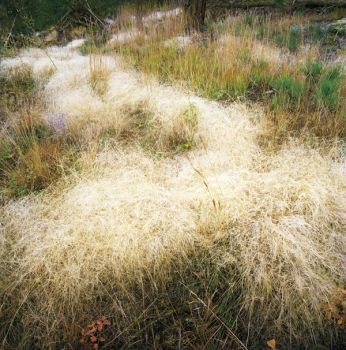
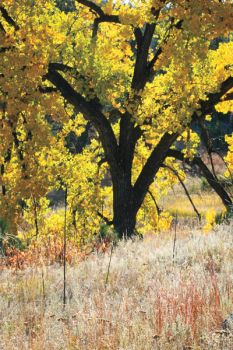
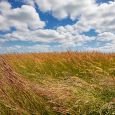
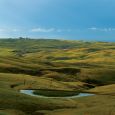
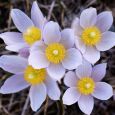
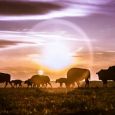

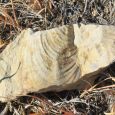


Comments